The issue of the Uighurs in the People’s Republic of China is a sensitive one both for the Chinese Government and the International Community. The aim of this paper is to underline the violation of the human rights and the right of internal self-determination of the Uighur population in the Xinjiang region. The structure of the paper will be focused on the following rationale: a short presentation of the historical context in which the Uighurs have been living in the People’s Republic will be made, two cases of violations of human rights made by the Chinese Communist Party and the paper will end offering some conclusions on the further evolution on the Uighur minority.
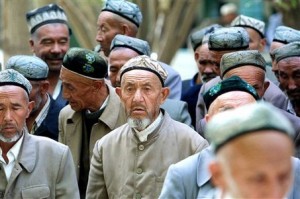 “In converting to Islam around the nineteenth century, Uighurs broke with their past. The other important change occurred in 1884, with the transformation of East Turkistan into a province of China.” The status of the Uighur minority drastically changed once the Chinese Communists came to power on the first of October 1949. Members of the Chinese Communist Party had in vision a federation based on equality among independent members of the Tibet region the Xinjiang region and mainland China. “But when the Communists came to power, Mao vigorously opposed separation of the Han Chinese from the fifty or so ‘national minorities’…Segregation between the Han and non-Han exists in all cities in the Xinjiang region.”
“In converting to Islam around the nineteenth century, Uighurs broke with their past. The other important change occurred in 1884, with the transformation of East Turkistan into a province of China.” The status of the Uighur minority drastically changed once the Chinese Communists came to power on the first of October 1949. Members of the Chinese Communist Party had in vision a federation based on equality among independent members of the Tibet region the Xinjiang region and mainland China. “But when the Communists came to power, Mao vigorously opposed separation of the Han Chinese from the fifty or so ‘national minorities’…Segregation between the Han and non-Han exists in all cities in the Xinjiang region.”
A massive wave of immigration of the Han population brought the population in the Xinjiang region to be for the first time in favor of the majority, hence 50% of the population living there today is of Han ethnicity. For example, if a referendum were to be taken as we speak, there is no guarantee for a positive response towards a successful secession. Due to a combination of external and internal factors, the idea of secession among the Uighurs today is quite alive.
The internal conditions are the gross violation of their rights which shall be discussed further on in this paper (these conditions represent the constant refusal of the Communist Party to allow internal self-determination). External factors such as the 9/11 attacks in the United States have ignited a stronger idea of secession among the Uighurs. Thus the Communist Party uses the “war on terrorism” to its advantage, without taking into account the Uighur point of view in Xinjiang”.Confucianism the main ideological, spiritual and political current behind the Chinese society since ancient times also plays a vital part in our case as the Party uses it to justify unity and the repression of the Uighurs ethnic identity. “A comfortable society (xiaokhang shehui) is the current recipe for uniting all Chinese citizens, including Muslims.”The idea of a confortable society is the main goal of a Confucian society. However, this is where the Chinese Communist Party deliberately falls into the trap of cultural relativism. They use Confucianism and even Islam to their advantage to marginalize the Uighurs and to eliminate their identity.
An interesting aspect is that the imans in the Xinjiang autonomous region are pro-Chinese, hence the Party can easily control the religion of the Uighurs. Cultural oppression is alive and present in Xinjiang. Even though Uighur T.V. stations are allowed and they may use their Islamic clothing, their most important cultural asset, i.e. their language, is gradually being destroyed. Since China’s massive economic growth, new opportunities have arisen for Chinese citizens, but not for non-Mandarin speakers. “It is difficult to find suitable employment in Xinjiang if the language of the majority is not mastered.” The fact that Xinjiang is an autonomous region is also debatable. The policy of immigration employed by the CCP tries to eliminate the Uighur national identity. “As Pei Minxin pointed out, two features of China’s national political system have “in reality allowed almost no genuine local autonomy.””One of these feature is the excessive centralization employed by Beijing, and the other is the opposition of local leaders for an extensive democratization which may lead to the possibility of the minority’s voice to be heard. The fact that China is a one party authoritarian regime is also an impediment in the real autonomy of Xinjiang as “Hannum and Lillich’s argument that democracy and federalism are crucial guarantors of robust autonomy.”
Xinjiang faces today basically the same issues and even more so. According to the Human Rights Watch, ethnic discrimination, severe religious repression and cultural suppression is the basic policy of the CCP in the province. All these measures are justified by the Party as necessary actions against the supposedly “separatism, religious extremism, and terrorism”. All forms of protest against the Chinese Communist Party are not allowed, and their suppression is often violent. Two examples may be provided: “On June 28 (2013), in Hetian prefecture, police tried to prevent protesters from marching toward Hetian municipality to protest the arbitrary closure of a mosque and the arrest of its imam, ultimately shooting into the crowd and injuring dozens of protesters”
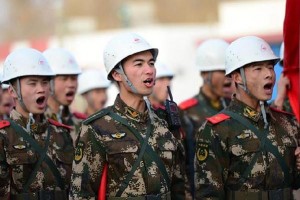

Also another bloody incident occurred on the 8th of August. In Aksu a group of villagers were stopped by the police, in their attempt to reach a local mosque to attend a religious festival. In doing so the police used war ammunition and injured several pilgrims. “Arbitrary arrest, torture, and “disappearance of those deemed separatists are endemic and instill palpable fear in the population.”A revealing case of this arrest system is that of Professor Ilham Tohti, an Uighur economist who teaches at Beijing’s Minzu University. He is the founder of Uighur Online a site dedicated to Uighur-related issues. He was arrested on the 15th of January 2014 on the grounds of separatism. “It is not yet clear whether the Xinjiang authorities intend to prosecute Tohti on the state security crime of “separatism” or for the lesser crime of “inciting separatism” (article 103 of the Criminal law).” The second possible accusation may lead to the death penalty. What is also of grave importance for this case is that during his prolonged detention he may be subjected to torture in order to get information for his future trial. The People’s Liberation Army also has a strong presence in this Uighur province which is a strong intimidation factor.
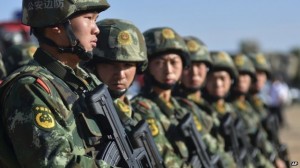
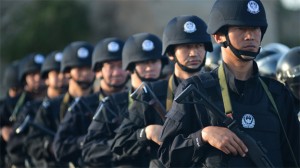
To conclude, the issue of the Uighurs is quite complicated. Their attempts to resist the change of their culture often makes them he extreme. For example, Uighur women strongly abide by the Islam rule of obeying their husbands and thus do not go to work. Despite the efforts of the Communist party to try and persuade the Muslim population of gender equality (Marxism-Leninism preaches gender equality), the Uighurs reject such a thing. This is a part of their effort of obtaining internal self-determination. To solve the issue of self-determination, and the improvement of the relations between the Han and the Uighurs, the Chinese Communist Party must look into the five variables that Hechter presented regarding the periphery issue: “(1) the degree of administrative integration; (2) the extensiveness of the citizenship in the periphery; (3) the prestige of the peripheral culture; (4) the existence of geographical continuity; and (5) the length of the association between the periphery and the core.” The question is what will the Party do in the future
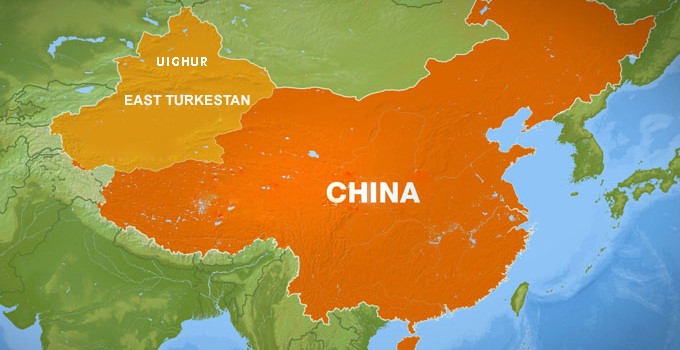
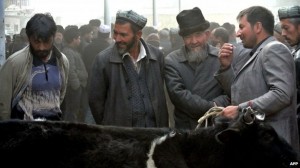

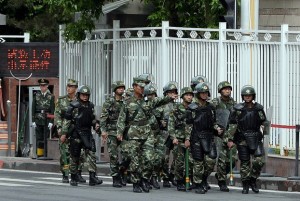
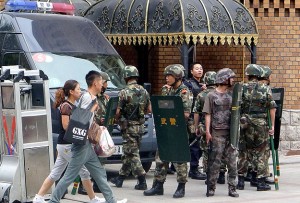
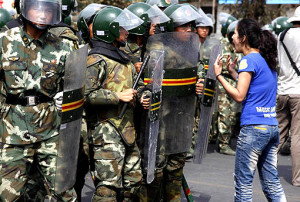
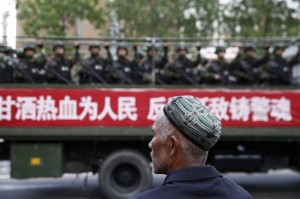
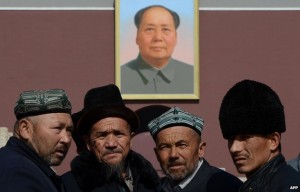
Leave a Reply